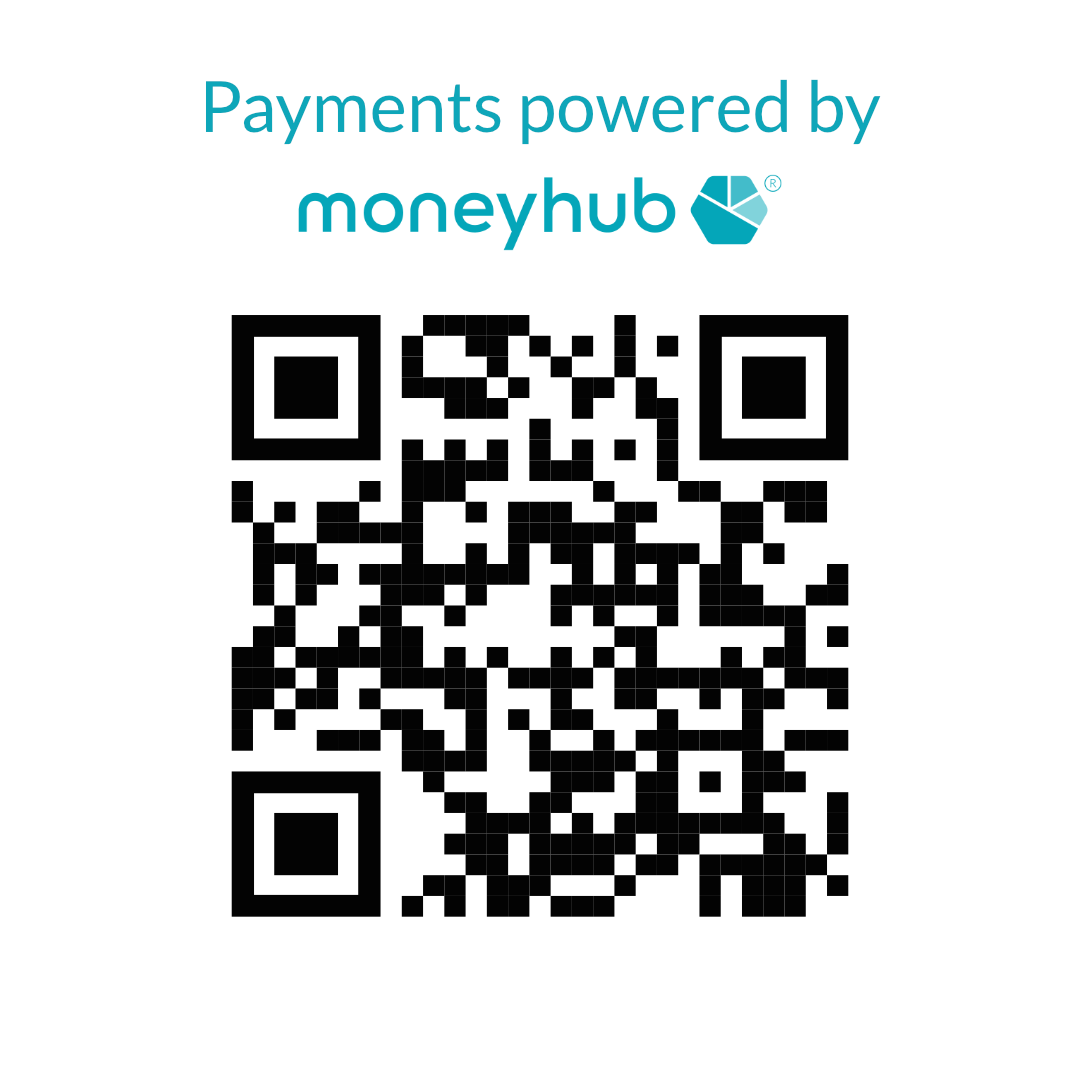Digital technology has transformed almost every aspect of our daily lives; from the way we talk to the way we travel, eat, shop and do business. The proliferation of smartphones and subsequent cultural shift to an on-demand society has even influenced the way we view our health.
As the costs of traditional healthcare continues to soar and plague governments around the globe, the price tag of digital technology drops by the day, offering an obvious solution to the problem. Thanks to the development of digital health platforms and remote monitoring apps, people are increasingly turning to the myriad of services that allow them to self-manage their health and wellbeing, alert professionals to changes in their condition and receive efficient, cost-effective support at the drop of a hat.
According to a Salesforce survey, 6 out of 10 millennials support telemedicine, such as video chats, instead of in-person visits. Even more respondents stated their preference for mobile apps that could allow them to book appointments, review health records and manage their preventative care, while most were happy to consider wearable devices that share health data with their doctors, as well as pills that track vital signs once swallowed.
These findings serve to illustrate the shift in attitude and behaviour that has taken place with the younger generations in particular. Given the chance to take their health into their own hands via digital monitoring platforms, millennials are happily obliging. It’s hardly surprising - after all, they have come of age in an era where everything is available at the tap of a screen, and as an age-group that some have dubbed the most stressed generation, it’s no shock to see them turn to the digital solutions available to quell their health anxieties.
Having witnessed the digital revolution of the healthcare sector, finance and savings would be wise to follow suit. Taking a page from the digital health solutions book, the finance industry can learn lessons from the move towards self-management in healthcare to make finance something that people engage with daily, are committed to and find motivating.
While it still may be early days for open banking in the UK, regulatory activity has spurred a thriving FinTech industry and given way to a first generation of open banking solutions that allow users to securely share the information with whoever they chose in order to receive a 360-degree view of their finances. With access to both current and savings accounts, such platforms could completely change the way all of us interact with our money and support our financial wellbeing by providing us with an on-demand solution for both short and long-term money management.
Just like video-chats have gained momentum for younger patients, the idea of visiting a bank branch is an antiquated thought to most millennials. If health can be managed digitally, 24-7 real-time access and service from financial service providers is something that consumers have come to expect; performance for these organisations is measured not by the service of their physical branch but their self-service capabilities.
Technology has inspired a shift in attitude with regard to the way people view their health; it has put personal health monitoring into the palms of our hands and inspired us to live healthier lifestyles through real-time progress tracking. As a result, Millennials and Gen Z are more engaged with their health than any previous generation; their need for instant information disrupting the provision of healthcare to enable individuals to take control of their health and wellness at the tap of a screen instead of a trip to the doctor.
Indeed, recent research into this subject found that health apps and wearable devices have acted as tools for Millennials to improve their own health, with adoption rates among this generation far outpacing older generations (27 percent app, 8 percent wearable compared to 12 percent and 4 percent) When surveyed on what they would like to see from health-tech tools in the future, the main theme for Millennials was centralisation, integrating self-generated health data with that of the information held by a range of providers to allow ubiquitous access from a single location.
This highlights a wider trend in the demands and expectations of younger generations: technology has enabled them to track their health at a granular level and track progress in real-time and, as a result, they are empowered to take action to improve their diet and lifestyle. Wellness has become a daily, active pursuit for millennials; they are eating healthier and exercising more than previous generations. On the flip side, attitudes towards finances remain much the same, and while some are taking advantage of new platforms to manage their money, most still see their bank account as something to ignore until payday.
The positive, proactive attitude that young people have towards their own health cannot be carried over into the world of money management, however, until key players in the finance sector embrace the potential of technology and regulatory change to transform how we view and manage our savings.
Just like healthcare practices, banks and financial service organisations are under mounting pressure to reduce costs and improve service quality. And, just like the healthcare industry, a similar opportunity exists in finance to transform the user experience and revolutionise the way people manage and view their money. If finance took the same approach, people would undoubtedly feel more connected with their money.
Given the ability to view their spending behaviours, incomings, outgoings and savings all within the same place, users would be inclined to make positive changes to the way they spend and save. While more needs to be done to educate the market on the benefits of open banking, the development and proliferation of such products and services is certainly a step in the right direction.














